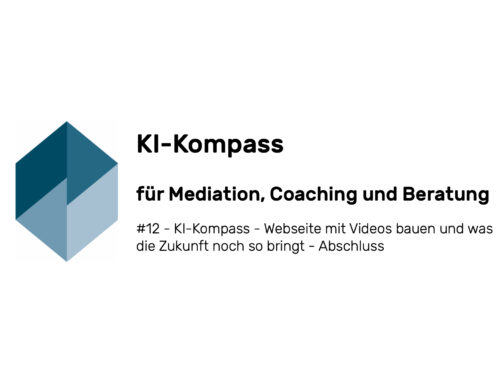INKOVEMA Podcast „Well through time“
#97 – Having difficult conversations – Part 1: Delivering bad news.
When the dialogue partner has to be courageously confronted with an unalterable and surprising evil. In conversation with Rolf Balling
Well through time. The podcast about mediation, conflict coaching and organisational consulting.
This episode is the prelude to the small series within this podcast. The series deals with the Topic „Having difficult conversations“.
I. The bad news conversation
II The critique dialogue
III The conflict dialogue
IV. The request-for-feedback dialogue
Contents:
Delivering bad news is not easy for anyone. There are a few things you can do to ensure that the conversation doesn't hurt, but rather the news itself.
1. characteristics of bad news
- Evil: event has an extremely negative meaning for at least one person
- Surprise: The person concerned does not yet know anything about this event or at best suspects something.
- Uninfluenceable: The essence of the bad news is unchangeable and does not depend on the course of the conversation or other developments.
2. typical misbehaviour
- Postponement (Vogel-Strauss policy)
- Personal behaviour (via sms, e-mail, personnel department, etc.)
- Hire rumour mill (activate bush radio)
- Embellishments ("Look on the bright side!")
- Claims of innocence ("Others decided that")
- Dogmatism ("Actually, it's your own fault! You messed it up!")
- Torture communication: Leading through questions ("What do you think; how do you think I decided!")
3. conflicting goals in a bad news conversation
-
- Clarity vs. tolerability: Recipients must perceive and recognise the implications of the message, they do not have to agree with it. But be careful: the recipient must not be approached excessively harshly, the conversation should not be bad, the message is.
- Important to know: The bad news cannot be turned into good news. The dialogue means stress for both sides. Delays or sham negotiations are torture.





Leave A Comment